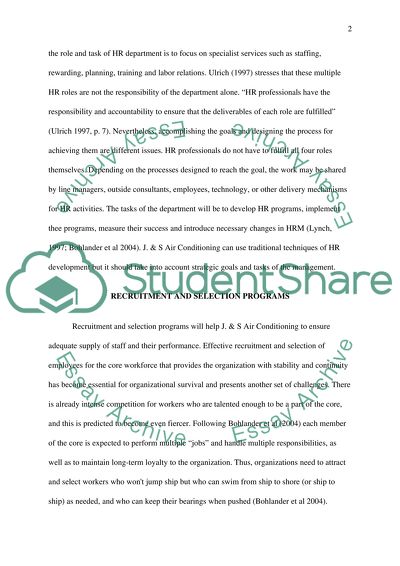Cite this document
(“HR Professionals Case Study Example | Topics and Well Written Essays - 3250 words”, n.d.)
HR Professionals Case Study Example | Topics and Well Written Essays - 3250 words. Retrieved from https://studentshare.org/human-resources/1520649-human-resources-management-bachelor-case-study
HR Professionals Case Study Example | Topics and Well Written Essays - 3250 words. Retrieved from https://studentshare.org/human-resources/1520649-human-resources-management-bachelor-case-study
(HR Professionals Case Study Example | Topics and Well Written Essays - 3250 Words)
HR Professionals Case Study Example | Topics and Well Written Essays - 3250 Words. https://studentshare.org/human-resources/1520649-human-resources-management-bachelor-case-study.
HR Professionals Case Study Example | Topics and Well Written Essays - 3250 Words. https://studentshare.org/human-resources/1520649-human-resources-management-bachelor-case-study.
“HR Professionals Case Study Example | Topics and Well Written Essays - 3250 Words”, n.d. https://studentshare.org/human-resources/1520649-human-resources-management-bachelor-case-study.


